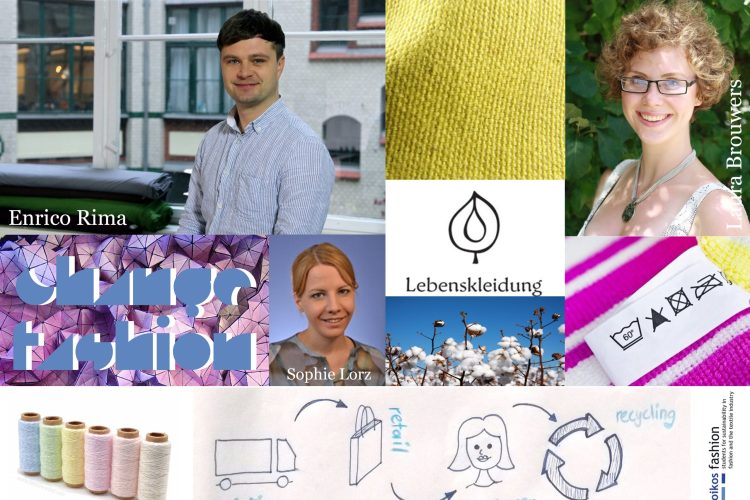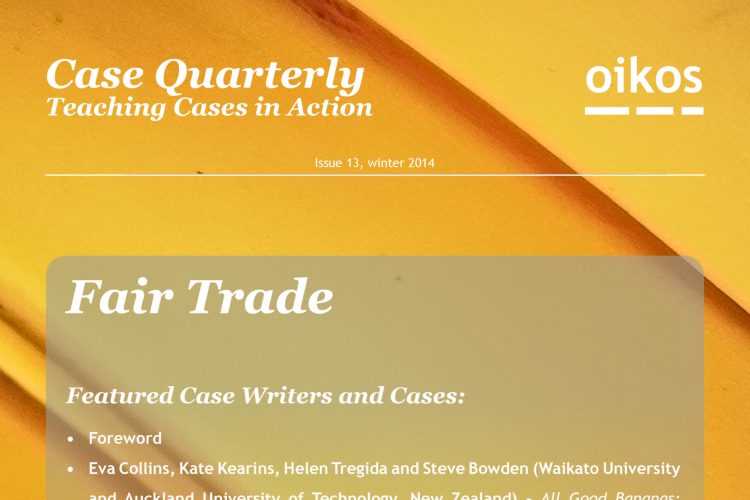Abstract With no previous experience in the mobile phone industry, Bas van Abel, an industrial designer based in Amsterdam, started Fairphone as an NGO [non-governmental organisation] awareness campaign...
Abstract Walmart the largest company in the world by revenues as of 2014, operated on the philosophy of providing its consumers products at the lowest possible price. To...
Abstract The success of Apple Inc.’s products like the iPhone and the iPad made the company rely on manufacturers in Asia to produce its products at a lower...
The Fashion/Supply Chain Learning Circle Fair fashion, sustainable shirts and organic underpants – that is what we want. But what changes need to be pushed on in order...
Abstract The purpose of this case study is to discuss the relation between management and sustainability, paying specific attention to the issue of supply chain and innovation. IKEA,...
As of today, fairtrade products can be found in almost any grocery store. Both, sales volume and variety of products available keep increasing at a fast pace. Much has...
Case Abstract Brett Beach and Tim McCollum, co-founders of Madécasse, spent two years as Peace Corps volunteers in Madagascar. During that time, they fell in love with the...
Case Abstract This is a case about the threats to the world’s oceans seen through the lens of the $30 billion per year cruise line industry. There is...
Case Abstract This is the story about the efforts of a social entrepreneur, Assheton Carter, to create a meaningful initiative with Wal-Mart in ethical mining. His idea: to...



